FAQs.
Art et al. strives to provide open and clear communications regarding what we mean and publish.
The team has invested resources to help ensure that the content on the website is clear, concise, and appeals to a wide range of people.
This frequently asked questions page provides more information on some words and text that may not be so familiar to everyone worldwide.
This list is evolving and will be updated regularly. The BSL (British sign language) interpretations of these questions are underneath each question and link to the relevant video. You can also listen to each question by clicking on the corresponding ‘play’ button.
Why is the platform called Art et al.?
We use ‘art’ in our name to represent artists, their artwork, and the arts sector more broadly. ‘Et al’ comes from the Latin phrase meaning “and others.” We use ‘et al’ to refer to our collaborators including studios, writers, curators, gallerists, funders, supporters and partners.
Combined, Art et al. translates to ‘art and others’ — artists, art partners and collaborators.
Are there Easy Read documents I can access?
Yes - you can find them by looking on the website for a black rectangle with ‘Easy Read Download’ written in white text inside it (see example at the top of the page). If you click on the black button, a PDF document will appear that can be read or downloaded.
Easy read is text provided in an accessible format, making it easier to understand. It uses simple words in short sentences, with pictures to help explain the words.
What is a supported studio?
A supported studio is a creative environment for individuals with specific health or social needs that encourages and supports the different art practices of artists. Supported studios facilitate professional development and career-building opportunities for artists — individually, as a group or collective.
Supported studios provide technical artistic support, promote artists in the marketplace and within galleries, and develop networks and audiences outside of health and social care settings. Supported studios share a commitment to producing and presenting work of high artistic quality.
What does neurodivergent mean?
Neurodivergent is a word that comes from the term neurodiversity. Neurodiversity is a movement that proposes the need for all kinds of brains for humanity to thrive.
Neurodivergent people vary greatly but have one thing in common, which is that their brains function differently from the majority of the population. Neurodivergent is sometimes shortened to ND.
Neurodivergence is a natural variation of the human genome which can be passed on genetically, such as in the case of autism and ADHD. Some mental health conditions such as Bipolar and PTSD are considered neurodivergences because they can affect the way the brain works.
Neurodiverse refers to a mixed group of neurodivergent and neurotypical people.
Do you have a code of conduct for online users?
Art et al. expects people to:
- treat all users and colleagues fairly and equally
- have open conversations, be respectful of other people’s views and avoid personal attacks
- not plagiarise (copy) people’s artworks
- respect people’s artistic creations, personal rights and credit people for their artwork if you are sharing through your social media and/or websites.
Can I submit my artwork for you to look at?
Unfortunately, no. Art et al. are not in a position to offer feedback to individual artists about their artwork — so please do not email us images of your artwork for review.
Who are the founders of Art et al.?
Art et al. was co-founded in 2020 by Arts Project Australia, Slominski Projects, and Jennifer Lauren Gallery. While Arts Project Australia remains a project partner, Art et al. is now managed by Slominski Projects, Jennifer Lauren Gallery and Jump Left. More information on the team can be found by clicking here.

